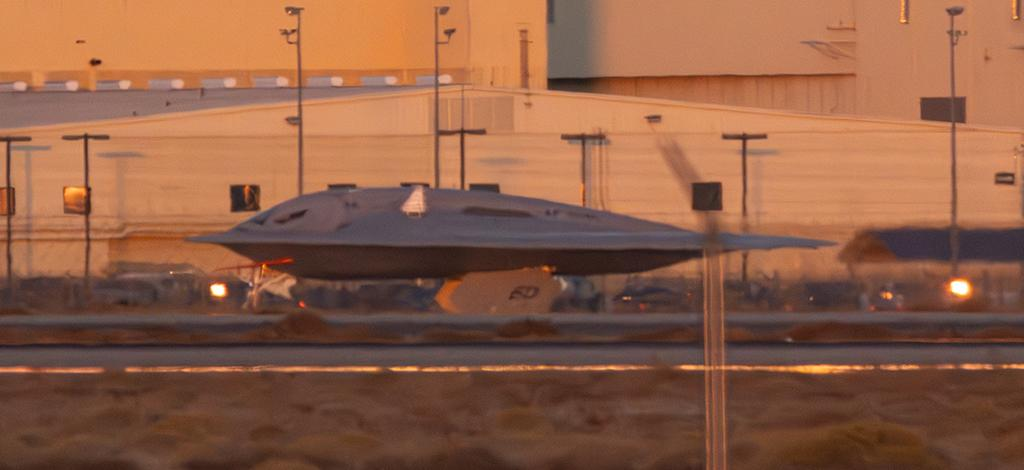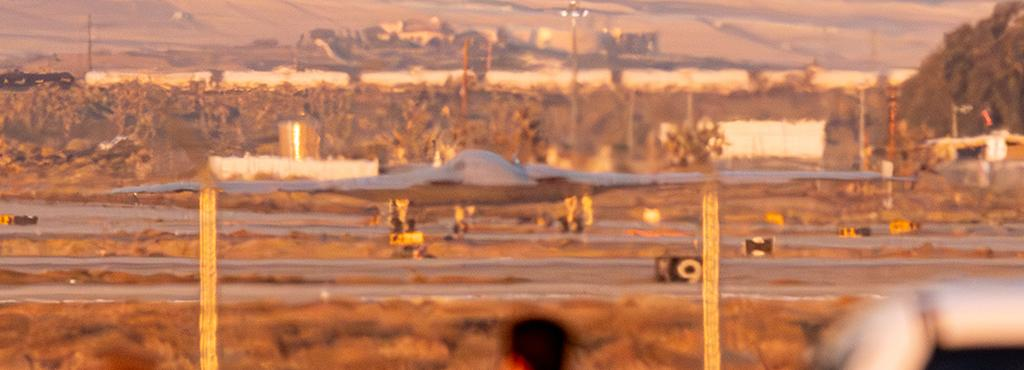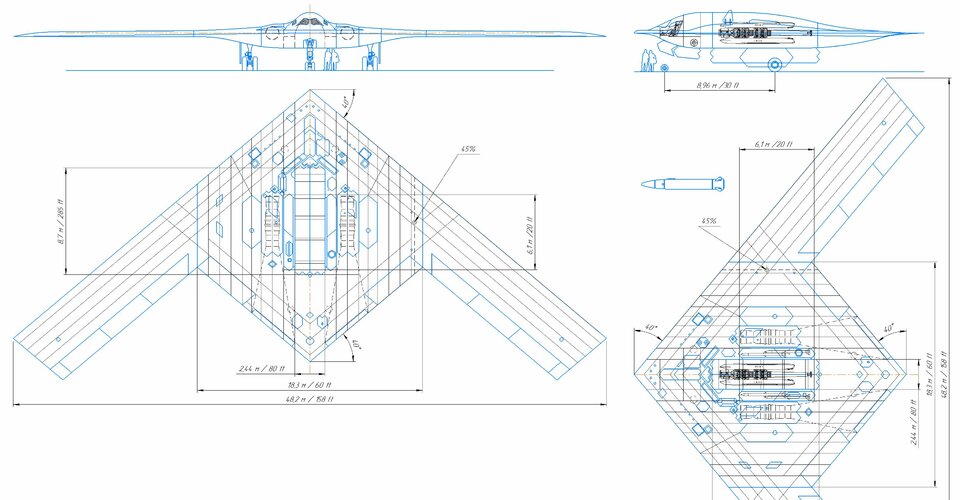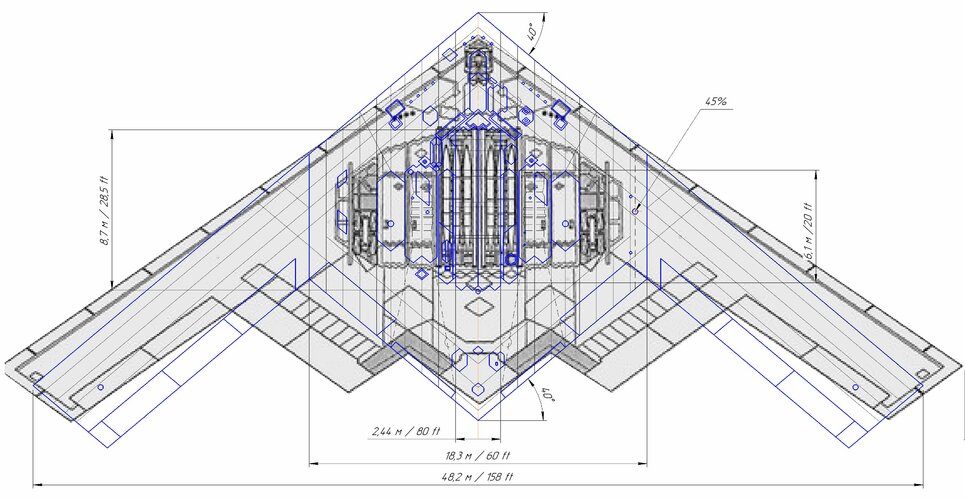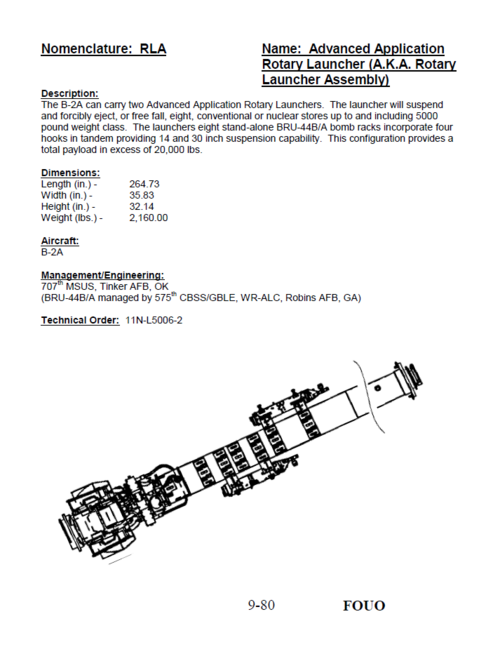I say this with all respect to Sweetman, who I am sure has more credible people whispering in his ear than me (who has none), it would still surprise me.
Just eyeballing the engine area, the influx and what little we have seen of the efflux, makes me skeptical. The mission spent at high altitudes, more so.
4:1 based on a F135 core would make a massive fan/thrust. Rough math gives a 30" core. You're looking at a 10 foot diameter fan at 4:1. Something around a PW1000 core was also suggested once upon a time, but 4:1 there leaves the engines very, very compact and not, imo enough thrust.

